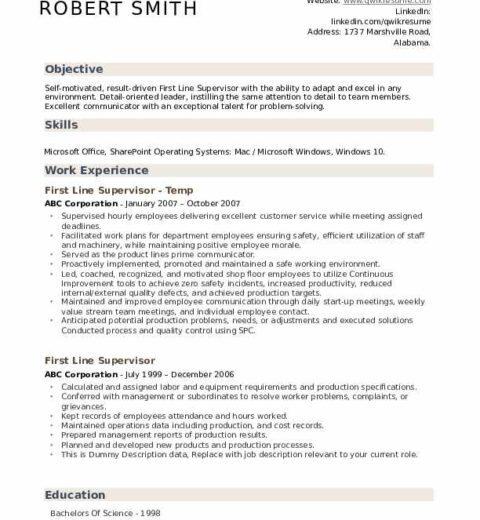In today’s competitive job market, the nuances of presenting oneself professionally have become paramount. One often-overlooked aspect is the naming of your resume file. The significance of this seemingly mundane detail cannot be overstated. Indeed, the name you choose for your resume file can set the tone for how potential employers perceive you even before they open the document. This exploration delves into best practices for naming your resume file in 2025, promising to challenge conventional wisdom and provoke thought about this critical career-related task.
To begin, it is crucial to understand the rationale behind a well-structured file name. Employers sift through countless applications, and a clearly labeled file can facilitate easier identification and retrieval. A standardized, professional format not only demonstrates your organizational skills but also reflects your attention to detail—a vital trait in any prospective employee.
As we consider the landscape of resume file naming, the digital age has ushered in specific expectations. First and foremost, clarity is king. Avoid generic titles like “Resume” or “CV”; these do little to distinguish your application. Instead, a file name that encapsulates your identity is far more effective. For example: John_Doe_Resume_2025.pdf or Marketing_Expert_John_Doe.pdf. Each of these examples provides essential information—your name, the nature of the document, and the year—making it easier for the recipient to comprehend its contents at a glance.
Moreover, incorporating keywords is advantageous, especially in an era where automated applicant tracking systems (ATS) are prevalent. These systems frequently scan and categorize resumes for relevancy based on specific keywords pertinent to the job description. Thus, integrating the job title or relevant skills into your file name can enhance visibility. For instance, a title like John_Doe_Social_Media_Manager_Resume_2025.pdf not only names the individual but also targets a specific role.
Adhering to conventions around file types is another critical consideration. For the vast majority of situations, converting your resume to PDF format is the ideal choice. This ensures that your formatting remains intact regardless of the software used by the recipient. Tagging your file as .pdf at the end reinforces this decision, maintaining visual consistency that is often disrupted by .docx or other file formats.
Cultural considerations also play a substantial role. In some regions, particularly in Europe, it is customary to include one’s nationality or location within the file name. For instance, a file labeled John_Doe_USA_Marketing_Resume.pdf may yield advantages when applying to multinational companies that value localized knowledge and experience. In contrast, region-specific considerations may vary widely; adapting your approach based on the target region’s expectations can yield fruitful results.
Additionally, individuals are encouraged to reflect on the aesthetics of their file names. Avoid special characters and spaces, which may create complications when files are shared or downloaded. Instead, utilize underscores or hyphens as separators; the earlier example could easily transition to John_Doe_Social_Media_Manager_Resume_2025.pdf for clarity and simplicity.
The concept of version control is yet another integral piece of the naming puzzle. As you make various revisions to your resume, it is prudent to label those iterations distinctly. For instance, instead of overwriting the same file name each time, consider John_Doe_Resume_V2_2025.pdf or John_Doe_Updated_2025.pdf. This practice not only provides clarity in identifying the latest version but also safeguards against potential mishaps, such as submitting an outdated resume to employers.
There is an emerging trend toward personalization in the job application process that should not be ignored. In an age where authenticity is paramount, consider adding a touch of personal branding to your file name. Incorporating your profession or specialization can set you apart from the pool of candidates. For example, Creative_John_Doe_Portfolio_2025.pdf conveys immediately that this file contains unique insights into your work, enhancing the curiosity of prospective employers.
As we traverse into the near future of job applications, the potential for cognitive dissonance grows. As job hunters, being mindful of technological advancements is essential. Many industries are increasingly embracing digital communication tools that permit effortless file sharing. Hence, leveraging platforms like LinkedIn can also provide a transformative approach to how your resume file is perceived and organized. Sharing a link instead of an attachment—while still adhering to proper naming conventions—invites a more dynamic interaction with your professional narrative.
Ultimately, when it comes to naming your resume file, a confluence of clarity, relevance, and professionalism is vital. A strategic approach will enhance your chances of standing out in a sea of applicants, even before your resume is reviewed. As hiring practices continue to evolve in 2025 and beyond, those who command attention through meticulous attention to detail are likely to reap the fruits of their labor. Invest time in choosing an appropriate name for your resume file; this simple change may lead you to new horizons in your career journey.




